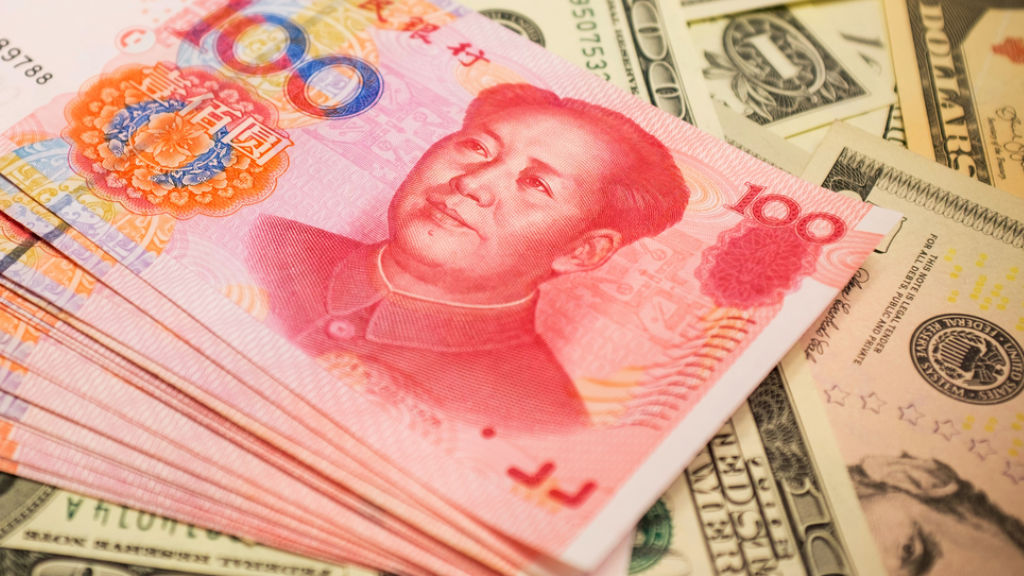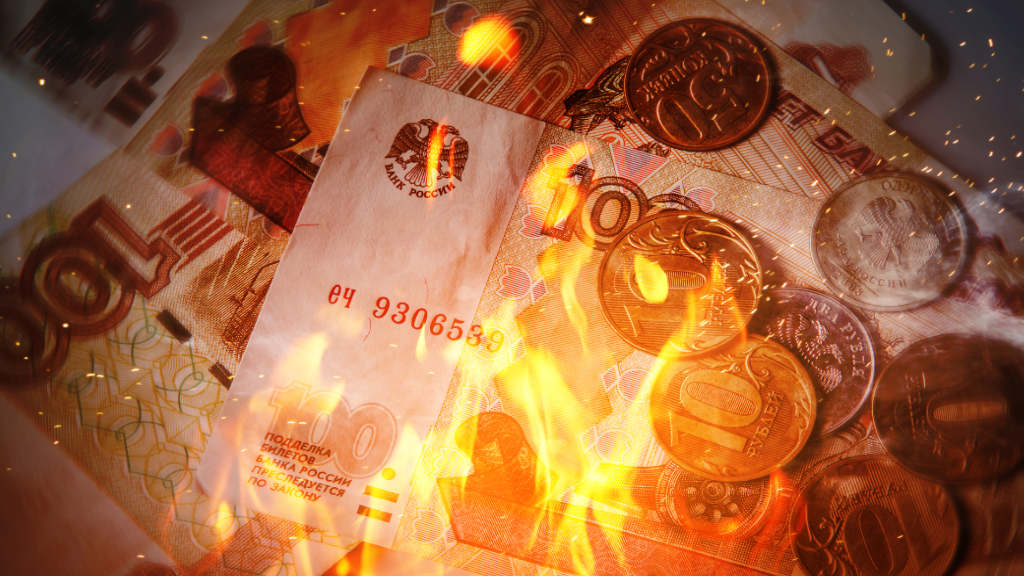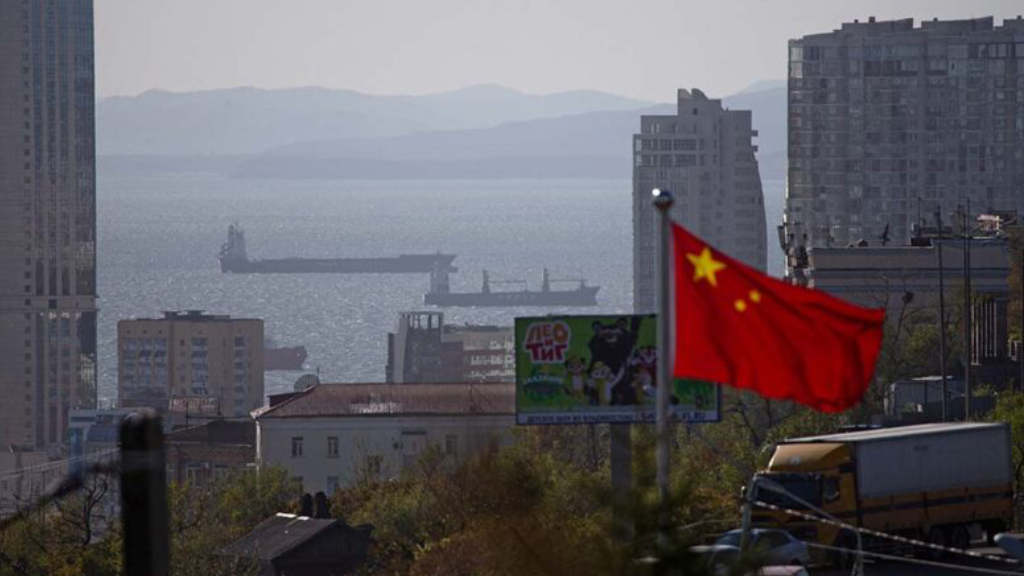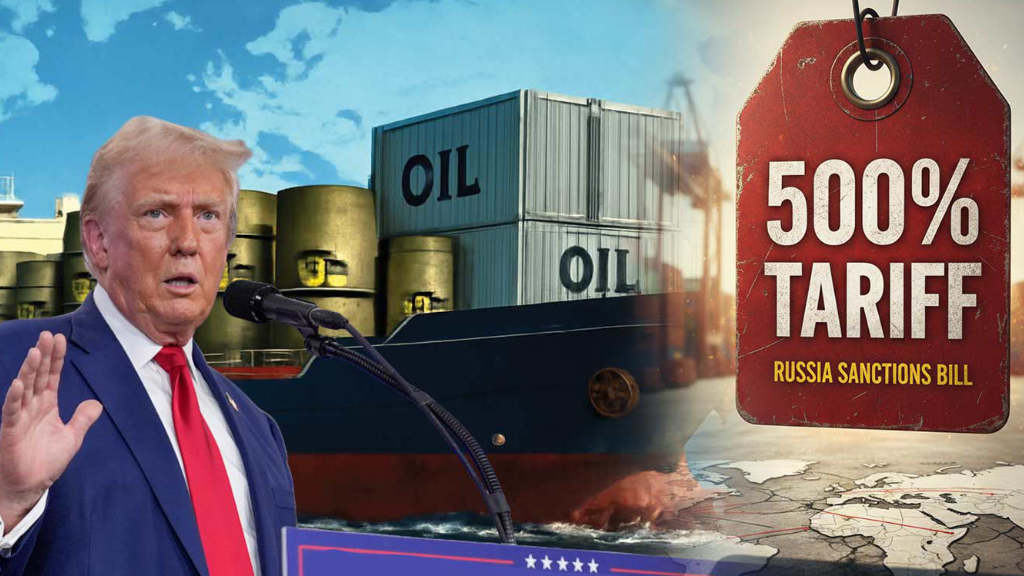In response to Wednesday’s (June 12) US sanctions concerning the provision of services to Russia for trading US dollars or Euros, the Bank of Russia has stated that the Chinese RMB Yuan / Russian Ruble exchange rate will now be the baseline from which other currency pairs, including for the euro and the dollar, will be calculated on the Moscow Exchange (MOEX).
The bank stated that “The Yuan/Ruble exchange rate will become a reference point for market participants. The share of the yuan in Moscow Exchange trading in May was 54%. The RMB Yuan has already become the main currency in exchange trading.”
This provides some clarity over valuing the Ruble, which the latest sanctions had attempted to obscure, raising the costs of cross-border transactions and intended to damage the Rubles credibility.
The Bank of Russia’s statement comes as the latest round of US sanctions prompted the MOEX on Wednesday to suspend trading in dollars and euros. The UK followed Washington’s lead on Thursday, introducing restrictions against the Russian financial system. Transactions in US dollars and euro will continue on the over-the-counter (OTC) market.
Russia had actively begun to replace the dollar and euro in foreign trade from 2022 amid Western sanctions imposed over the Ukraine conflict. It has since dramatically reduced the number of bank accounts and transactions between companies and financial institutions involving Western currencies. Prior to the conflict, the share of the US dollar and euro in Russia’s settlements was around 90%. Now at 45% of the total, it can be expected to drop significantly further.
Russian President Vladimir Putin said last week that the share of payments for Russian exports in the dollars and euros has decreased by 50%. Meanwhile, the share of the Ruble in Russia’s foreign-trade operations continues to grow.
MOEX said on Thursday that the suspension of trading in dollar and euro affects foreign and precious metals trade as well as stock and money trading on Russia’s largest public trading markets. Except for dollars and euros, all other financial instruments remain operational. The derivatives market has also been unaffected by the changes, with trade going on as usual, it said.
The longer-term impact of the US sanctions – which are entirely experimental – are difficult to assess. The US economy is largely supported by US dollar debt, currently standing at just under US$35 trillion, the highest it has ever been. That debt has been purchased by other counties in the form of government bonds and must over time be repaid. However, the amount owed has become so large there are doubts about the ability to continue to make such repayments. In 2023, general government gross debt (public debt) is now 111% of the United States annual GDP.
| Country | Debt (USD billions) | Debt vs GDP |
| United States | 35,000 | 111% |
| China | 12,800 | 250% |
| EU | 13,087 | 81.7% |
| Russia | 284 | 18.9% |
Russia is in fact one of the least indebted countries in the world and has close to zero US dollar holdings in any event. This means that Russia’s domestic wealth lies in self-sufficiency, where it’s national reserves in multiple commodities – oil, gas, minerals, and items such as fresh water and timber amongst several others, are consistently within the top three globally. As long as it can continue to export its surpluses, its economy remains healthy. This is why Western sanctions have targeted financial transfers as a key to raise the transactional cost. However, over the long term, Russia still retains the same assets. They do not just disappear.
Most of the impact on the new Western sanctions will actually fall upon China, whose economy is showing some signs of stress. Beijing will be far from happy with the US latest sanctions as it places additional costs on its transactional relationship with Russia. However, there is an upside: Beijing has long wanted the RMB Yuan to possess a larger share of global trade – and now it appears this will happen. Doing so reduces volatility between the RMB Yuan, the US dollar and the euro and further stabilizes the Chinese economy and the costs of doing business with the West.
However, last month China sold off a record $53.3 billion in US bonds, sounding alarm bells for observers who fear the consequences of countries divesting from US treasuries. The trend has forced the US Federal Reserve to take on unprecedented powers in purchasing US treasury bonds when there is a shortage of foreign buyers, which some believe drives US inflationary pressures.
The US dollar is under additional strain elsewhere. A “petrodollar agreement” concluded between the US and Saudi Arabia in 1974, expired on June 9 this year, and has been replaced by Saudi Arabia signing an agreement with the Bank for International Settlements’ (BIS) central bank digital currency (CBDC) project, mBridge, to enable instant cross-border payments. That gives Saudi Arabia more flexibility in its future dollar-based oil trade transactions, and would for example enable Saudi Arabia to accept the Petro Yuan as payment for its oil exports to China. That is significant in terms of easing Riyadh’s oil relations with Beijing as its oil exports to China far outstrip those to the United States at US$ 56.1 billion against oil exports to the United States at US$16.6 billion. Whatever Saudi Arabia does the Gulf Cooperation Council (GCC) tends to do as well. The combined GCC currently account for 25% of global oil exports and 45% of global oil reserves. If they move towards favouring a Petro Yuan as China is their biggest single client, as opposed to the Petro dollar the implications for the US dollar will be significant in aiding its global decline.
Saudi Arabia also sells nearly double the amount of oil it does to the United States to India, who purchased US$32.7 billion of Saudi oil last year. India of course is a member of BRICS, along with China and Russia – while Saudi Arabia is expected to ratify its membership later in the year.
What the United States has actually done is to impose sanctions upon global trade and to curtail reliance on the US dollar. It is less an attempt to hurt Russia (although it does create inconveniences) as it is an assault on global trade flows. It illustrates that Washington is prepared to isolate any country it chooses from existing trade flows and supply chains that are US dollar trade reliant. This will be of significant concern to countries elsewhere, who will now be quietly looking at alternatives in case they too, fall foul of Washington.
That can lead to additional implications. In effectively de-dollarising and de-euroing Russian trade, and keeping the dollar and euro for increasingly Western consumption, the US desire to create a de facto Western trade bloc without Russian commodities may lead to a path where the West wishes to cut China out of the trade picture as well. That would destroy China’s export markets to the West, and leave the EU and United States, with a handful of other allies, dependent upon each other. Such policies could easily be targeted at other countries too. The world trade picture would be split in two.
The way ahead for the remaining countries – Russia, China and their ‘friendly country’ allies – is to develop their own tradeable currency. This is why the proposal last week that a BRICS currency, based partially on gold and partially on regional currency values, has considerable merit.
Although the US sanctions do seem to point to a desire to introduce a mechanism where countries can be isolated from global trade, there is a significant remaining caveat that this experiment fails to address. In the event of the US dollar and euro declining in global trade, and alternative currency trading such as the introduction of a BRICS token providing an alternative – what will happen to the US debt? Washington’s actions this week are not just aimed at Moscow. They have just placed the entire global economy into a state of nervous alert and have substantially damaged existing global trade certainties. The issue of what happens next is one of global concern.





